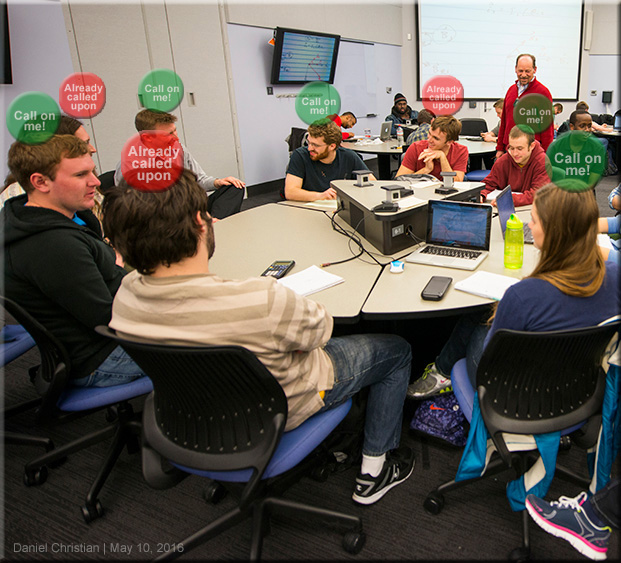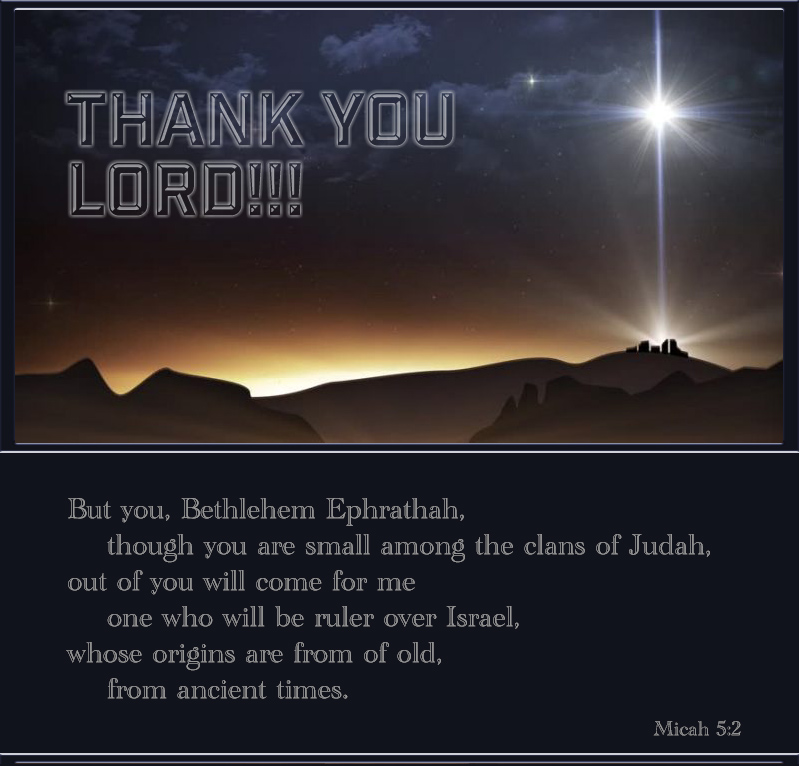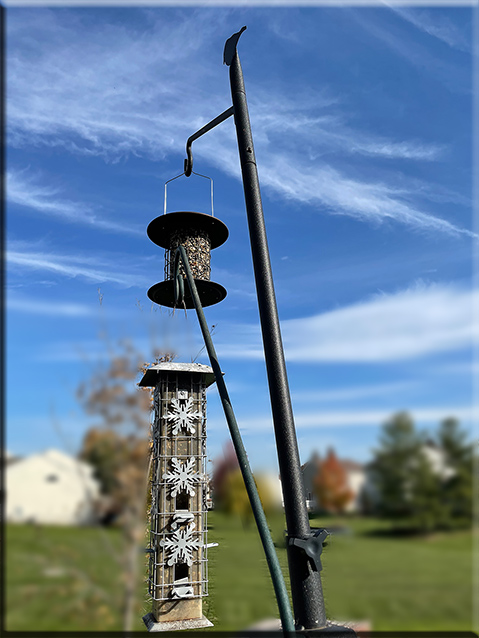
From DSC:
I created this image back in May of 2016.





From DSC:
I created this image back in May of 2016.
DC: Yup.
“Navigate the lifelong learner journey with Pocket.
A portable, secure and verified digital wallet for learning, work and life.”https://t.co/ncqa6e6aF4#digitalcredentials #lifelonglearning #credentials #skills #learningfromthelivingclassroom— Daniel Christian (he/him/his) (@dchristian5) January 10, 2022
Resource via @ernperez
at this article/page.
From DSC:


14 Predictions for Higher Education in 2022 — from campustechnology.com by Dian Schaffhauser
Excerpt:
Ask people working in higher education what they expect will happen in the new year, and the outlook is filled with visions that build on what we’ve been experiencing on college and university campuses for the last two years: a major focus on learning formats; continued exploitation of new technology; and the use of new digital models that move users “beyond Zoom.” Here we present the collective predictions of 14 IT leaders, instructional folks and a student about what they anticipate seeing in 2022. As one put it, “Let’s go, 2022! We have work to do!”
From DSC:
I’d like to thank Dian Schaffhauser, Rhea Kelly, and Mary Grush for letting me contribute some thoughts to the various conversations that Campus Technology Magazine hosts and/or initiates. I inserted some reflections into the above article and I hope that you’ll take a moment to read my and others’ thoughts out there.
From DSC:
As the article below clearly relays, MOOCs did NOT fail! In the last decade, they have reached 220 million learners worldwide!
I don’t know the total number of graduates from the Ivy League — throughout all of the relevant institutions’ histories — but I would bet you that MOOCs have reached far more learners. And MOOCs did so in less than a decade.
And you’re going to tell me MOOCs have been a failure?!!!! Are you being serious!?!?! You can talk about completion rates all that you want to (and that misses the point, as some people sign up for MOOCs without ever intending to finish the entire course). As with other things, people get out of something what they put into that thing.
A Decade of MOOCs: A Review of Stats and Trends for Large-Scale Online Courses in 2021 — from edsurge.com by Dhawal Shah
Excerpts:
Now, a decade later, MOOCs have reached 220 million learners, excluding China where we don’t have as reliable data, . In 2021, providers launched over 3,100 courses and 500 microcredentials.
…
Originally, MOOC providers relied on universities to create courses. But that dependence is declining as more and more of the courses are created by companies every year. These corporate partners in course creation include tech giants Google, Microsoft, Amazon and Facebook.
…the majority of the new courses launched on Coursera in 2021 are not from universities anymore.
…
These mass online courses were born without a business model. Yet within a decade, MOOCs went from no revenue to bringing in well over a half a billion dollars annually.
From DSC:
As with many emerging technologies, there appear to be some significant pros and cons re: the use of NFTs (Non-Fungible Tokens).
The question I wonder about is: How can the legal realm help address the massive impacts of the exponential pace of technological change in our society these days? For examples:
Technicians, network engineers, data center specialists, computer scientists, and others also need to be asking themselves how they can help out in these areas as well.
Emphasis below is mine.
NFTs Are Hot. So Is Their Effect on the Earth’s Climate — from wired.com by Gregory Barber
The sale of a piece of crypto art consumed as much energy as the studio uses in two years. Now the artist is campaigning to reduce the medium’s carbon emissions.
Excerpt:
The works were placed for auction on a website called Nifty Gateway, where they sold out in 10 seconds for thousands of dollars. The sale also consumed 8.7 megawatt-hours of energy, as he later learned from a website called Cryptoart.WTF.
NFTs And Their Role In The “Metaverse” — from 101blockchains.com by Georgia Weston
Many people would perceive NFTs as mere images of digital artworks or collectibles which they can sell for massive prices. However, the frenzy surrounding digital art in present times has pointed out many new possibilities with NFTs. For example, the NFT metaverse connection undoubtedly presents a promising use case for NFTs. The road for the future of NFTs brings many new opportunities for investors, enterprises, and hobbyists, which can shape up NFT usage and adoption in the long term.
NFTs or non-fungible tokens are a new class of digital assets, which are unique, indivisible, and immutable. They help in representing the ownership of digital and physical assets on the blockchain. Starting from digital artwork to the gaming industry, NFTs are making a huge impact everywhere.
The decentralized nature of the blockchain offers the prospects for unlimited business opportunities and social interaction. Metaverse offers extremely versatile, scalable, and interoperable digital environments. Most important of all, the metaverse blends innovative technologies with models of interaction between participants from individual and enterprise perspectives.
From DSC:
How might the developments occurring with NFTs and the Metaverse impact a next-gen learning platform?
—–
Artist shuts down because people keep their work to make NFTs — from futurism.com by Victor Tangermann
NFT theft is a huge problem
Someone is selling NFTs of Olive Garden locations that they do not own — from futurism.com by
And you can mint a breadstick NFT — for free, of course

From DSC:
I’m not saying not to go there…but one has to be very careful when dealing with cryptocurrencies. As the items below show, you can mess up…big time.
From DSC:
And that bit about the decimal point is key! I tried to locate an article that I recently read that described how one person lost hundreds of thousands of dollars because he misplaced the decimal in his asking price for a cryptocurrency. It was worth hundreds of thousands of dollars, but he said that his big thumbs got in the way. He mistyped the asking price and hit the Enter key before he recognized his mistake. He sold the cryptocurrency for a fraction of its real value. In that case, one would hope that the buyer would extend some grace and readjust the price. But that didn’t happen in this case. Ouch!
From DSC:
Again, I’m not saying that this area may not represent an enormous new, impactful, prosperous wave to ride. But I need to do a whole lot more learning before I feel comfortable jumping into this ocean.
That said when I read the quote below…I wondered:
DC: I wonder if that sentence could also read:
“Crypto needed a use case, and it found it in a next generation learning platform.”#cryptocurrency #Cryptos #cryptocurrencies #lifelonglearning #onlinelearning #learning #CMS #LMS #platform
— Daniel Christian (he/him/his) (@dchristian5) December 17, 2021
The next age of the internet could suck power away from Big Tech while living on the same backbone as cryptocurrencies. Here’s what to know about Web3. — from businessinsider.com by Katie Canales
Excerpts (emphasis DSC):
…
One aspect of the metaverse is that users will hopefully be able to go virtually from platform to platform with one single account — just like we will in Web3.
And NFTs, one-of-a-kind tokens representing your ownership of a virtual good, could be more easily bought and sold with cryptocurrencies within a space like Web3.
From DSC:
How might “Web3” translate into the future of lifelong learning? Here’s one vision/possibility:

Each person would have a learner profile/account that could seamlessly log into multiple education/training providers’ platforms and services. The results of that learning could be stored in one’s cloud-based learner profile. This type of next-generation learning platform would still need subject matter experts, instructional designers, programmers, and other team members. But the focus would be on building skills — skills that an artificial intelligence-backed interface would demonstrate are currently being requested by the modern workplace. This constantly-being-updated list of skills could then link to the learning-related experiences and resources that people could choose from in order to develop those skills.
The following vision/graphic also comes to my mind:
From DSC:
As I looked at the article below, I couldn’t help but wonder…what is the role of the American Bar Association (ABA) in this type situation? How can the ABA help the United States deal with the impact/place of emerging technologies?
Clearview AI will get a US patent for its facial recognition tech — from engadget.com by J. Fingas
Critics are worried the company is patenting invasive tech.
Excerpt:
Clearview AI is about to get formal acknowledgment for its controversial facial recognition technology. Politico reports Clearview has received a US Patent and Trademark Office “notice of allowance” indicating officials will approve a filing for its system, which scans faces across public internet data to find people from government lists and security camera footage. The company just has to pay administrative fees to secure the patent.
In a Politico interview, Clearview founder Hoan Ton-That claimed this was the first facial recognition patent involving “large-scale internet data.” The firm sells its tool to government clients (including law enforcement) hoping to accelerate searches.
As you might imagine, there’s a concern the USPTO is effectively blessing Clearview’s technology and giving the company a chance to grow despite widespread objections to its technology’s very existence.
Privacy, news, facial recognition, USPTO, internet, patent,
Clearview AI, surveillance, tomorrow, AI, artificial intelligence
The Humanities May Be Declining at Universities — But They’re Thriving on Zoom — from edsurge.com by Rebecca Koenig
Excerpt:
Throughout the pandemic, versions of this close-reading conversation have taken place week after week. Organized through new nonprofits and small startups including the Catherine Project, Night School Bar and Premise, they bring together adults who want to spend their free time talking to strangers about literature and philosophy.
It sounds at first like an ambitious book club—except for the fact that many of these seminars are organized and led by college professors, some so eager to participate that they do it for free.
“Mostly it’s a way for them to do a kind of teaching they can’t do at their regular jobs,” explains Zena Hitz, founder of the Catherine Project and a tutor (faculty member) at St. John’s College in Annapolis, Maryland.
From DSC:
I’ve often thought that online-based learning may be the thing that saves the liberal arts (i.e., available throughout one’s lifetime and would be far less expensive). It would be ironic though, as many liberal arts institutions have not been proponents of online-based learning.
Making Your Research Applicable for Mainstream Audiences — from insidehighered.com by Diana Brazzell
Four ways to extend the reach of your scholarly work beyond academe.
Excerpt:
Many academics I work with struggle to make their research applicable for audiences outside academia. They’re doing important, even ground-breaking work, but they aren’t sure how their ideas can make the leap from labs and libraries to newspapers, boardrooms, hospitals and the halls of government.
…
Below are four ways you can make your research applicable to policy, business, public health and people’s everyday lives, along with examples of how some of the academics we collaborate with at Footnote have used these techniques.
From DSC:
Faculty members, doing this could help reduce the backlash that’s been building against higher education. Folks out in society could see how the work that you are doing is relevant to them. For example, your podcasts, Tweets, postings out on LinkedIn, your vidcasts, or your blog postings could be read by students, teachers, administrators or others within the K-12 space. And the topic could peak their interest and curiosity. Who knows, your research may just jump start someone else’s passion in that area or even someone else’s career. But at minimum, it could show that some faculty members are interested in talking to/with a far wider audience than just the peers in their discipline.
From DSC:
When I ran across the items below, I couldn’t help but wonder…”What does the legal realm need to know here?”
The Ultimate List Of Crypto Lending Platforms — from 101blockchains.com by Diego Geroni
Know The Vulnerabilities And Security Concerns Associated With NFT — from 101blockchains.com by Diego Geroni
Radar trends to watch: December 2021 — from oreilly.com by Mike Loukides
Developments in Programming, Quantum Computing, Cryptocurrency, and More
NFT sales reached $27 billion this year — from protocol.com by Nat Rubio-Licht
OpenSea dominated the business.
UNISWAP – Know Everything About The Largest Decentralized Exchange (DEX) — from 101blockchains.com by Diego Geroni
EDUCAUSE 2022 Top 10 IT Issues — from educause.edu

Excerpt (emphasis DSC):
The EDUCAUSE 2022 Top 10 IT Issues take an optimistic view of how technology can help create the higher education we deserve —through a shared transformational vision and strategy for the institution, a recognition of the need to place student success at the center, and a sustainable business model that redefines “the campus.”
Almost two years into a global pandemic, it’s clear the higher education we knew will never return and now we can focus on getting the higher education we deserve.
From DSC:
I’m assuming that the we in the we deserve (as highlighted above) includes the students, as *the students* are the ones who most need for things to change.
That said, I’m doubtful such profound change will occur within higher education as it stands today. The existing cultures may prevent such significant and necessary change from occurring — and higher ed isn’t used to dealing with the current exponential pace of change that we’re experiencing. Plus, the downward spirals that many institutions are in don’t always allow for the new investments, programs, and/or experiments to occur. But who knows? When institutions of traditional higher education have their backs pressed up against the walls, perhaps such institutions and the people within them will be forced to change. There are innovative individuals and institutions out there. (I’m just not sure how much they’ve been listened to in many cases.)
To help students truly succeed means to change one’s core products/services — one’s story. But higher ed loves to play around the edges…rarely letting the core products/services get touched.
To me, student success includes having students pay far less and, while still getting a solid liberal arts education/foundation, can get solid jobs immediately upon graduation. At least that’s my hope as we head into 2022.
But what student success looks like may be different in the future.
Perhaps in 5 years, we will have moved much more towards a lifelong learning situation. Individuals may have joined a global, next-generation learning platform whereby one teaches for X minutes of the day, and learns for Y minutes of that same day. AI-based dashboards let people know which skills are in high demand, and then offer a menu of choices for how to acquire those skills.
A couple of lasts comments:

From DSC:
Each day, I try to ensure that there’s enough bird seed in the bird feeders. You see, I’m a bird watcher and I especially enjoy the different kinds of birds in our area as well as appreciating the variety of colors and designs of the birds. But it often perplexes me when the birds fly away when they see motion in our kitchen. They become afraid and in a spirit of looking out for #1, they fly away.
Hmmm. I’m setting out food to help you survive, yet you fly away in fear when I come close.
I wonder if that’s how the LORD feels with me/us sometimes. He provides so richly, deeply, and generously (waaaaayyy more than I do). Yet I can’t help but wonder if He senses our fears, doubts, and our “flying away” from Him at times…? He provides. We fly.
The situation is getting better. And my trying to be faithful helps the birds overcome their anxieties. They are staying on the bird feeder more often, even when they see me approach. It appears that the trust levels are growing.
Along the lines of bird watching, below is a very cool app I just recently saw. I can use all the help I can get in this area (not to mention a ton of other areas)!
The VRJAM metaverse platform is coming to transform the world of live entertainment
VRJAM, the UK’s leading creator of live music experiences in virtual reality, today teased the launch of the VRJAM platform, a revolutionary new metaverse events platform and NFT creation solution.
To bring the VRJAM metaverse platform to life, VRJAM has partnered with market leading NFT software developer Enjin.io to launch a rich virtual reality world that offers a host of new solutions for artists to render and monetize their music and live shows in amazing new ways using NFT’s, blockchain and immersive technology.
The VRJAM platform promises to open up completely new ways for both fans and artist to experience live music events and represents the next step in the evolution of live music.
Ownership of this virtual world will be shared by a guild of globally recognised artists and record labels who will cooperate to create value and define new possibilities for music inside the metaverse.
VRJAM’s metaverse platform offers solutions for true live performance using technology that is years ahead of other similar platforms. It provides unsurpassed user experience and offers fans, artists and labels an array of unique features:
At the heart of the VRJAM metaverse platform is a blockchain based trading and finance system, VRJAM Coin. This revolutionary new cryptocurrency will create ways for both artists and fans to earn money inside the metaverse and promises to create entirely new business models for artists, venues and labels at a time when their traditional ways of making money have been turned upside down by the Covid 19 pandemic.
The VRJAM cryptocurrency is backed by investment from 5 of the world’s leading blockchain specialist investment and venture capital firms, demonstrating the exciting potential of VRJAM’s tech.
The VRJAM platform is scheduled to go live in early 2022, follow on social media to stay up to date.
From DSC:
Hmmmmm….might this type of thing spill over into the worlds of teaching and learning? More direct-to-consumer (learner) types of offerings? Will this open up the doors for new methods of earning a living or for those interested in building a teaching & learning-based brand?
Alternatively, will this impact what actors, actresses, and comedians will be able to do?
Addendum on 12/2/21: